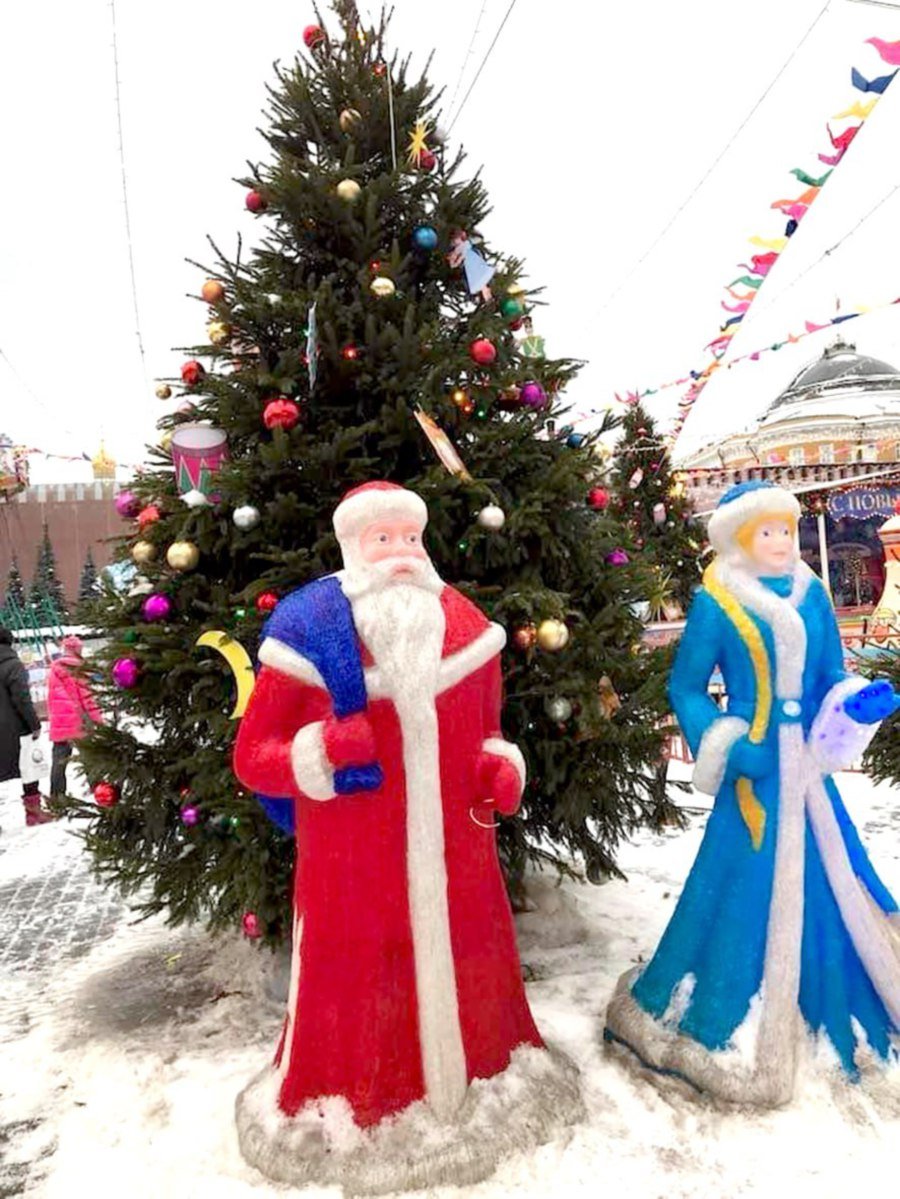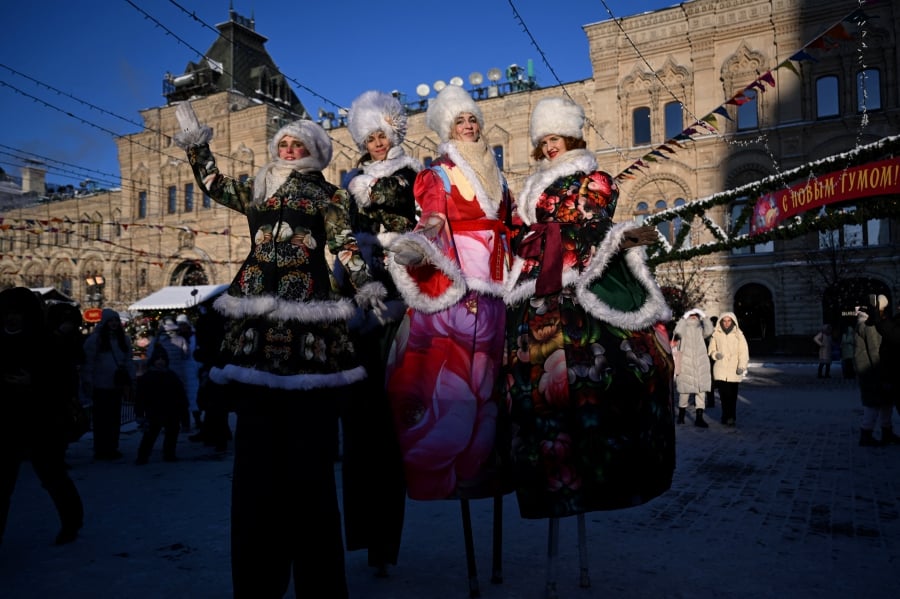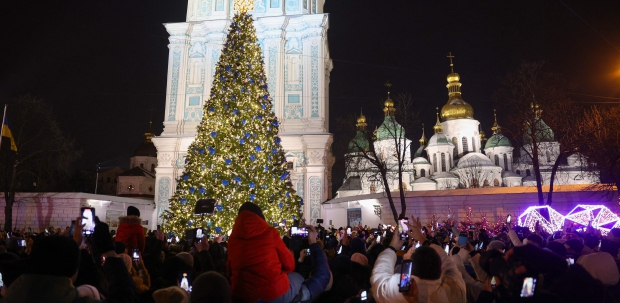AT the end of December every year, my friends in Malaysia start wishing me a Merry Christmas.
I am thankful but will correct them by saying that in Russia people celebrate the New Year first, and then Christmas.
These holidays confirm once again the belief that Russia is a strange country, not like Europe or America.
Orthodox Christians in Russia celebrate Christmas on the night of Jan 6-7, a holiday.
It so happened that at the beginning of the 20th century, the Russian Orthodox Church did not switch from the Julian calendar to the new Gregorian one, as a result of which the calendar differs by 13 days from the calendar used by other Christians.
So, Christmas Day as a holiday in Russia differs significantly from its counterpart in the rest of the Christian world.
Initially, the Christmas holidays were associated with many folk customs, but they were forgotten after the celebration of Christmas in Russia was banned in 1918.
Only in 1935 did the Soviet government again allow the installation and decoration of Christmas trees with one difference, it is generally not referred to as Christmas trees but New Year's trees.
And the stars on the top of the spruce became five-pointed in the Soviet style.
Earlier the stars were seven-pointed and symbolised the very star that, according to the Gospel, led the Magi to the newly born baby Christ.
About the same thing happened with the holidays — New Year and Christmas. If before 1918 Christmas was celebrated everywhere, and the New Year was a much less significant holiday, then under Soviet rule they changed places.
The Soviet Union turned out to be the only country in the world where the New Year absorbed Christmas attributes while remaining a completely Soviet holiday.
After the collapse of the Soviet Union, a reverse transformation did not occur — the New Year remained a traditional family holiday, while only part of the country's population, mainly Orthodox believers, began to celebrate Christmas.

In recent years, however, more people have been visiting churches during the Christmas holidays, remembering the religious meaning of the holiday.
Today, the majority of believers in Russia celebrate Christmas on Jan 7, observe the 40-day Nativity fast that precedes it, and come to churches to attend the all-night vigil in honour of the Feast of the Nativity of Christ.
Thus, the main Christmas service in the Cathedral of Christ the Saviour in Moscow in recent years attracts thousands of people annually. The main divine service of the country is led by the Patriarch of Moscow and All Russia Kirill.
Christmas gifts are usually given by hand. One of the most popular gifts is a Christmas candle, which symbolises the light of Jesus Christ. Such candles are usually massive and ornate.
Another gift is a Christmas wreath, which is a symbol of eternal life. It is made from fir tree branches and decorated with toys and bows. This wreath is hung on the front door. It is believed that it attracts love and health to the home-owners.
A favourite Christmas souvenir for many is a figurine of an angel who announced the birth of Christ. They decorate the festive table, and the Christmas tree and place them next to candles.
The ringing of bells symbolise the announcing of the birth of Jesus. They can also be hung on Christmas trees, doors and Christmas wreaths.
Christmas cookies are a traditional gift, usually packaged in a beautiful box.
Mittens and socks are often given to family and friends on this day. They provide warmth in inclement weather and give comfort.
Usually, these products are designed in red and white colours. Mugs with Christmas prints are seen as cute and useful gifts too.
The writer, writing from Moscow, is a former lecturer at Universiti Malaya





